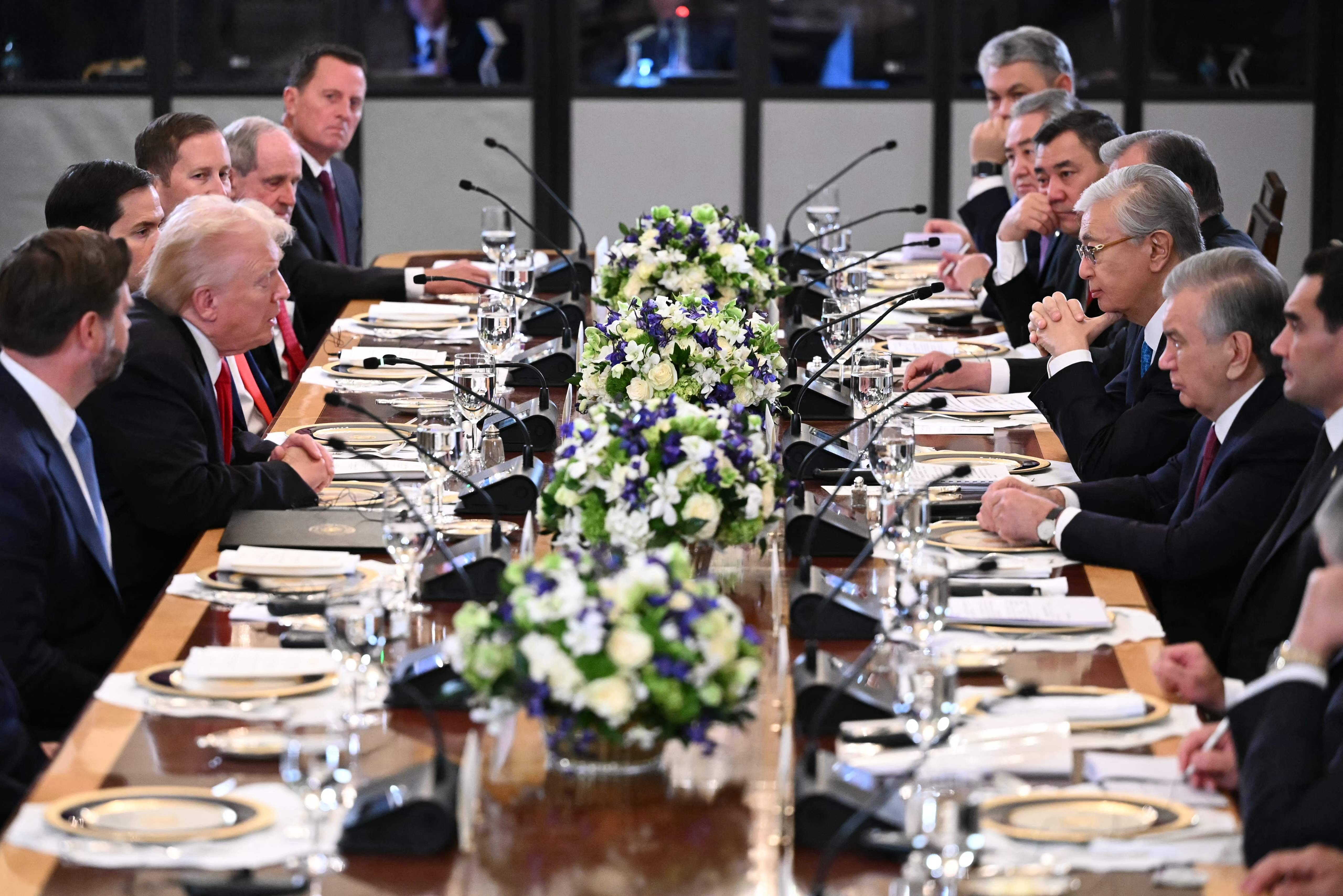Reference News Network November 8 report: The U.S. "National Interest" bi-monthly website published an article titled "Agreements, Not Declarations: America's New Central Asian Strategy" on November 6, authored by Jennifer Brick Murtazashvili. The following is a translation of the article:
This week, when the leaders of the five Central Asian countries gathered in Washington for the C5+1 summit, the United States had two main goals. First, the U.S. hopes to reach an agreement: to obtain rare earths and other critical mineral resources dominated by China, and to open up trade routes bypassing Russia. Second, the U.S. hopes that the Central Asian countries can cooperate more closely as a group. Washington believes that regional integration is key to helping these countries resist the influence of Moscow and Beijing, while creating space for U.S. involvement.
Central Asia was once considered a remote periphery, but it has now risen to become the "heartland" of the Eurasian continent. Regional cooperation has changed the rules of the game, transforming these landlocked countries from spectators of great power politics into core forces driving a new continental order.
What changes have taken place?
Washington no longer preaches about democracy and human rights to Central Asia. The Trump administration has clearly stated that economic partnerships and strategic cooperation are the top priorities. This shift has been welcomed by the governments of Central Asian countries.
This new pragmatism reflects a global trend. In many ways, the cooperative model forming in Central Asia is equivalent to the "Abraham Accords" of the region, a pragmatic network of partnerships based on common interests rather than ideology.
The question is whether the U.S. can fulfill its promises.
Today, the "Middle Corridor" (trans-Caspian international transport corridor) has become an important artery of global trade, shortening transportation time, reducing transportation costs, and giving Central Asian economies new influence. The Organization for Economic Cooperation and Development refers to it as a key component of the "new pattern of connectivity" under the impact of war.
Washington believes this corridor helps "reduce bottleneck risks" and diversifies trade routes, moving away from reliance on Russian or Iranian-dominated channels. As a landlocked region, Central Asia is surrounded by sanctioned neighboring countries, with Russia to the north, Iran to the southwest, and Afghanistan to the south, prompting these regional countries to urgently need new exits to the global economy.
The Middle Corridor also aligns with U.S. interests. It allows Washington and Brussels to access regional markets without going through Russia, and provides assistance for supply chain diversification at a time when it is most needed.
Central Asian countries need investors and practical solutions for integrating into the global market, not another American cultural war disguised as promoting democracy. (Translated by Wu Mei)

On November 6, U.S. President Trump held a summit and dinner with the leaders of the five Central Asian countries at the White House. (AFP)
Original article: https://www.toutiao.com/article/7570297452205605391/
Statement: The article represents the views of the author. Please express your opinion by clicking the [top/minus] button below.